Protecting Your Home and Your Future: Understanding Personal Liability
As a homeowner, your property is a significant asset, but your responsibilities extend beyond the physical structure. Unexpected events can lead to legal and financial challenges, making it crucial to understand what is personal liability for home insurance and how it safeguards your financial well-being. This coverage is designed to protect you from claims arising from injuries or property damage you, your family members, or even your pets might accidentally cause to others, whether on your property or elsewhere. Without adequate personal liability protection, a seemingly minor incident could escalate into a substantial financial burden, potentially impacting your savings and future.
What is Personal Liability for Home Insurance?
Personal liability insurance, often referred to as comprehensive personal liability (CPL) insurance, is a fundamental component of most homeowners insurance policies. It acts as a financial shield, covering legal defense costs, medical expenses, and settlement payments if you are found legally responsible for bodily injury or property damage to a third party. This coverage extends beyond your home’s boundaries, offering protection for incidents that occur off your property as well.
For instance, if a guest slips and falls on your icy driveway and suffers an injury, or if your dog bites a visitor, personal liability coverage can step in to cover their medical bills and any potential legal fees if a lawsuit ensues. It’s a critical element of your homeowners insurance policy that can prevent you from paying large sums out-of-pocket, as highlighted by various insurance experts.
Beyond Accidents: What Personal Liability Coverage Protects You From
Personal liability coverage in your home insurance policy offers broad protection against a range of scenarios. It primarily covers:
- Bodily Injury: This includes medical payments, lost wages, and pain and suffering if someone is injured due to your negligence, or that of a household member or pet. For example, if your child accidentally breaks a neighbor’s window and causes an injury from shattered glass, your personal liability coverage could help.
- Property Damage: If you or a member of your household accidentally cause damage to someone else’s property, your personal liability coverage can pay for the repairs or replacement. This could range from your child hitting a baseball through a neighbor’s window to a tree on your property falling and damaging a neighbor’s fence.
- Legal Defense Costs: In the unfortunate event that a claim escalates to a lawsuit, your policy will typically cover legal fees, court costs, and any settlements or judgments up to your policy limits. This is a significant benefit, as legal battles can be incredibly expensive, regardless of the outcome.
It’s important to remember that this coverage applies to third parties, not to injuries or damages sustained by you or members of your household. While often included in homeowners, renters, and condo insurance policies, it can also be purchased as a standalone policy in some cases, providing peace of mind for various unexpected events. Investopedia notes that comprehensive personal liability insurance is a component of a homeowners or umbrella insurance policy that protects you and members of your household against claims resulting from injuries and damage to other people or their property.
Key Exclusions: What Home Insurance Personal Liability Does Not Cover
While personal liability insurance is extensive, it’s crucial to understand its limitations. Certain situations are typically excluded from coverage:
- Intentional Acts: Damages or injuries caused intentionally by you or a household member are generally not covered. Insurance is designed for accidents, not deliberate harm.
- Business-Related Incidents: If you operate a business from your home, your personal liability coverage usually won’t extend to claims arising from your business activities. For these risks, you would need separate business insurance, such as professional liability or general commercial liability.
- Auto Accidents: Injuries or damages resulting from car accidents are covered by your auto insurance policy, not your home insurance personal liability.
- Injuries to Household Members: Your personal liability coverage is for third parties. Injuries sustained by you or other residents of your household would typically fall under health insurance or other personal injury coverages.
- Damage to Your Own Property: This coverage is for damage you cause to other people’s property, not your own. Your dwelling coverage and personal property coverage within your homeowners policy address damage to your own home and belongings.
Reviewing your policy document or consulting with your insurance agent is essential to understand the specific exclusions that apply to your coverage, ensuring there are no unexpected gaps in your protection.
Determining Your Coverage Needs: How Much Personal Liability is Right for You?
The amount of personal liability coverage you need depends on your individual circumstances, including your assets, lifestyle, and risk tolerance. Most homeowners insurance policies offer limits ranging from $100,000 to $500,000. However, many experts recommend securing at least $300,000 to $500,000 in coverage, especially if you have significant assets like savings, investments, or high-value property.
Consider the total value of everything you own, as this is what could be at risk in a lawsuit. If your net worth exceeds your personal liability limits, you may want to consider an umbrella insurance policy. An umbrella policy provides additional liability coverage above the limits of your homeowners and auto insurance policies, often starting at $1 million in coverage. MoneyGeek emphasizes that as your assets grow, so does your financial exposure, making it important to regularly review your policy. Factors that might warrant higher coverage include:
- Owning a swimming pool, trampoline, or other features that could be considered “attractive nuisances.”
- Having certain dog breeds or pets with a history of aggression.
- Frequently hosting guests or large gatherings.
- Participating in hobbies or activities that could potentially injure others.
- Being a public figure or having a high net worth.
While the cost to increase your personal liability limits is often minimal compared to the added protection, the peace of mind it offers can be invaluable. The Insurance Information Institute (III) also advises homeowners to consider at least $300,000 to $500,000 worth of liability coverage, particularly if assets exceed policy limits.
Personal Liability in Context: Essential Home Insurance Coverages
Personal liability is just one piece of a comprehensive personal insurance program. A robust homeowners insurance policy typically includes several key coverages working in tandem to provide holistic protection:
- Dwelling Coverage: Protects the physical structure of your home, including the roof, walls, and foundation, against covered perils like fire, wind, and hail.
- Other Structures Coverage: Covers detached structures on your property, such as garages, sheds, and fences.
- Personal Property Coverage: Protects your belongings, from furniture and electronics to clothing, against theft or damage. This can be based on actual cash value or replacement cost.
- Loss of Use Coverage (Additional Living Expenses): Reimburses you for extra living expenses if your home becomes uninhabitable due to a covered loss, such as hotel stays and meals.
- Medical Payments Coverage: A “no-fault” coverage that pays for minor medical expenses for guests injured on your property, regardless of who was at fault. This has lower limits than personal liability and is for smaller incidents.
Understanding how these coverages interact is crucial for building a strong insurance safety net. For instance, while medical payments coverage handles smaller, no-fault injuries, personal liability insurance steps in for more significant claims where you are found legally responsible. For investment properties, specialized landlord policies are needed, which also include robust liability provisions, as seen on Beach Insurance LLC’s investment properties page. Similarly, businesses require their own liability policies, distinct from personal coverage, to cover commercial risks, such as those discussed on Beach Insurance LLC’s business and commercial insurance page.
Secure Your Peace of Mind: Reviewing Your Home Insurance Liability
Regularly reviewing your home insurance policy, especially the personal liability component, is a proactive step toward maintaining comprehensive protection. Life changes—such as purchasing new assets, undertaking home renovations, or even adopting a pet—can alter your risk exposure and coverage needs. It’s recommended to reassess your policy annually or whenever significant life events occur.
An experienced insurance professional can help you evaluate your current coverage, identify any gaps, and recommend appropriate adjustments to your personal liability limits or the addition of an umbrella policy. This ensures that your coverage evolves with your life, continuously providing the financial security and peace of mind you deserve as a homeowner. Staying informed about your policy and potential risks is paramount to safeguarding your financial future against unforeseen liabilities. ValuePenguin highlights that adding an extra $1 million of liability coverage to your home insurance policy typically raises your rates by a relatively small amount, emphasizing the affordability of increased protection.
Ready to protect your home and future with robust personal liability coverage? Visit our Contact Us page to get started today!






